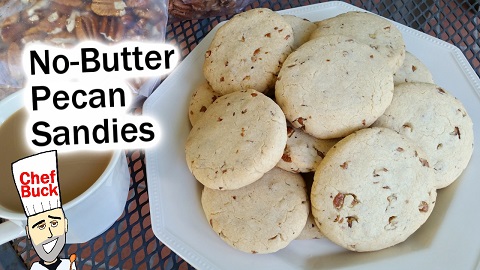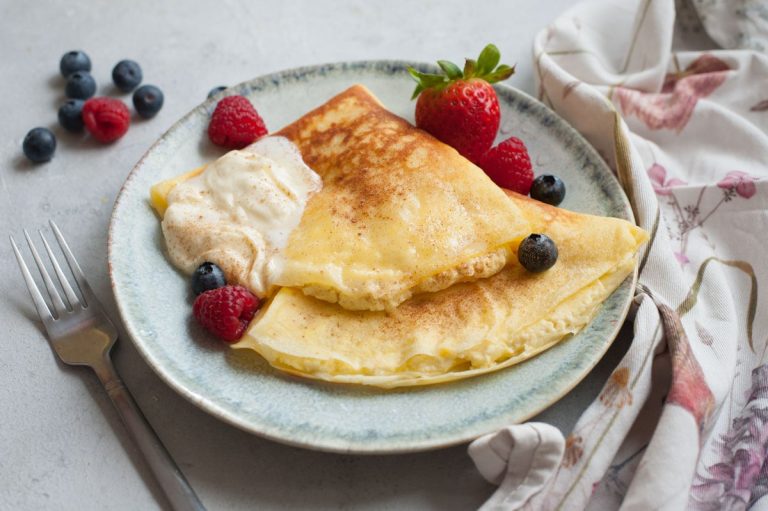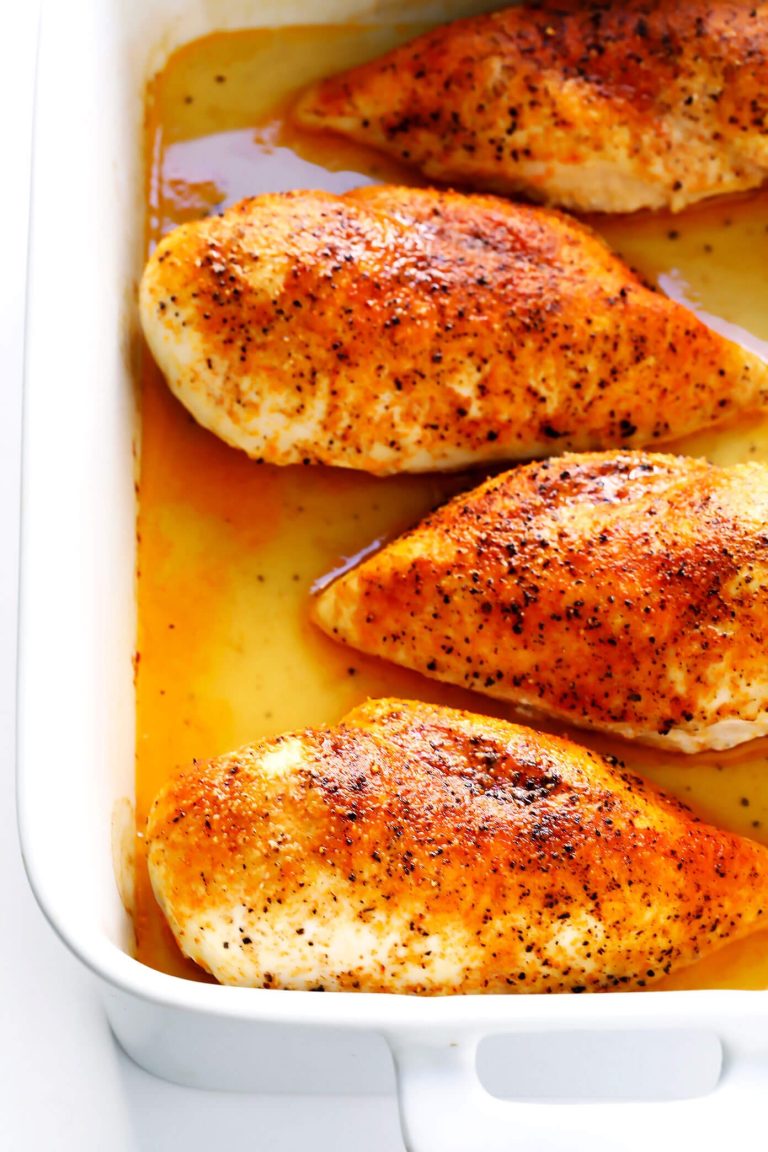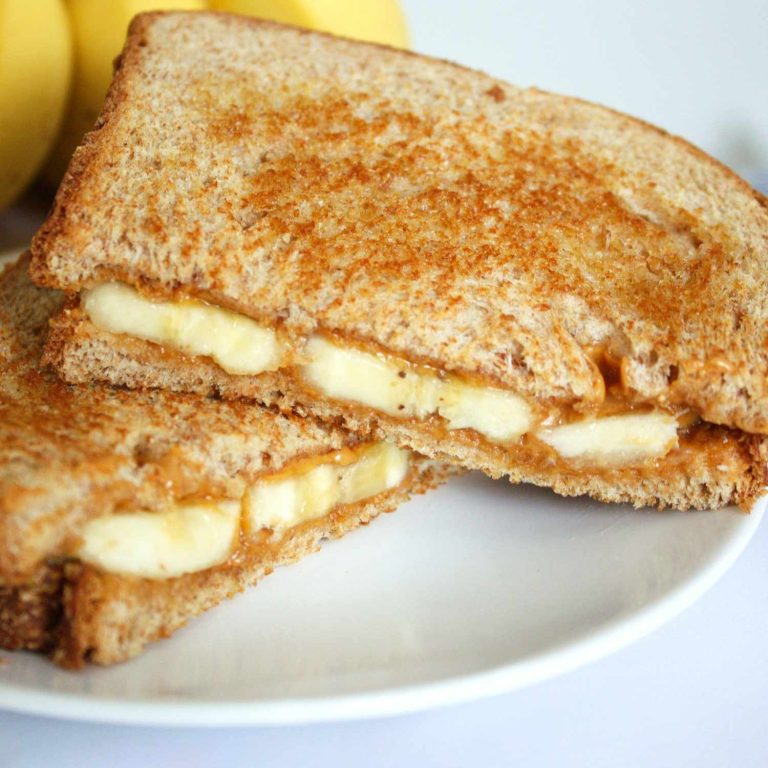Pecan Sandies: Discover the Rich History and Perfect Baking Techniques
Pecan Sandies trace their roots back to traditional shortbread recipes. Originally developed in Scotland, shortbread became popular due to its simple ingredients—flour, butter, and sugar. The addition of pecans in American kitchens led to the creation of Pecan Sandies. As pecans are native to North America, this variation quickly gained traction. By the mid-20th century, these cookies were appearing in American cookbooks, illustrating their integration into American baking traditions.
Popularity Through the Decades
Pecan Sandies saw a rise in popularity starting in the 1950s. Major brands capitalized on this trend, producing packaged versions available in grocery stores. Television commercials in the 1960s and 1970s further increased their visibility, turning them into household staples. During the 1980s and 1990s, Pecan Sandies became a favorite for holiday gatherings and family events. Today, they remain popular, celebrated for their timeless flavor and nostalgic appeal.
Key Ingredients of Pecan Sandies
Importance of Quality Pecans
Quality pecans ensure the rich, nutty flavor in Pecan Sandies. Fresh, high-grade pecans provide a crunch and buttery taste that significantly enhances the overall cookie experience. Avoid using stale or rancid pecans as they result in a bitter flavor and unpleasant texture. Consider sourcing pecans from reputable suppliers or brands known for their premium products.
Other Essential Components
Pecan Sandies include several other critical ingredients:
- Butter: Unsalted butter ensures the cookies’ rich, creamy texture. Opt for high-fat content butter to achieve the classic shortbread consistency.
- Sugar: Granulated sugar provides sweetness, while powdered sugar helps achieve the delicate, crumbly texture typical of sandies.
- Vanilla Extract: Quality vanilla extract enriches the flavor profile, enhancing both the pecan and buttery notes.
- Flour: All-purpose flour acts as the binding agent, giving structure to the cookies. Ensure the flour is fresh and sift it to avoid any lumps.
- Salt: A pinch of salt balances the sweetness and intensifies the flavors of the other ingredients.
Using these specific ingredients in their highest quality form ensures the best results, yielding delicious and authentic Pecan Sandies.
Baking Techniques for Perfect Pecan Sandies
Mixing Methods
Use precise mixing methods to achieve the perfect texture in Pecan Sandies. Begin by creaming butter and sugar, ensuring they form a light, fluffy mixture. An electric mixer on medium speed typically provides the best results for this step. Next, add vanilla extract to enhance the cookie’s flavor profile. Gradually incorporate the dry ingredients—flour and salt—to the creamed mixture, mixing on low speed to avoid overworking the dough. Fold in chopped pecans gently to distribute them evenly throughout the dough.
Baking Times and Temperatures
Adhere to accurate baking times and temperatures to ensure your Pecan Sandies come out well. Preheat your oven to 350°F (175°C) for consistent results. Line baking sheets with parchment paper to prevent sticking and achieve even baking. Arrange the dough balls on the prepared sheets, spacing them about two inches apart. Bake the cookies for 12 to 15 minutes, monitoring closely towards the end to prevent over-browning. Look for the edges to turn a light golden color as an indicator that the cookies are ready. Allow the cookies to cool on the baking sheets for a few minutes before transferring them to a wire rack to cool completely.
Pecan Sandies Variations
Additional Flavors and Ingredients
Enhance Pecan Sandies by adding various flavors and ingredients. For a citrus twist, include lemon or orange zest (1 teaspoon) to the dough. To create a richer taste, mix in 1/2 cup of chocolate chips or brown the butter before creaming it. Cinnamon (1 teaspoon) adds a warm, spicy note, while a dash of sea salt (1/4 teaspoon) can heighten the overall flavor. Experiment with extracts: swap vanilla for almond or maple extract (1 teaspoon) to vary the taste profile. For added texture, sprinkle the top with turbinado sugar before baking.
Gluten-Free and Vegan Options
Adapt Pecan Sandies for dietary needs with gluten-free and vegan recipes. Use gluten-free all-purpose flour (1:1 ratio) as a direct substitute for regular flour. For a vegan version, replace butter with vegan margarine or coconut oil (1:1 ratio). Substitute egg (if used) with a flax egg (1 tablespoon ground flaxseed with 2.5 tablespoons water). Ensure other ingredients, like vanilla extract and pecans, are free from cross-contamination. Maintain the same baking times but check for doneness slightly earlier due to variations in ingredient behavior.
Serving and Storage Tips
Best Ways to Serve Pecan Sandies
Serve Pecan Sandies with complementary beverages or accompaniments to enhance their flavors. Pair them with tea, coffee, or hot cocoa for a delightful combination. Ice cream adds a creamy contrast, making for an indulgent dessert. For a festive touch, plate them with a dusting of powdered sugar or drizzle melted chocolate on top.
Tips for Storing
Store Pecan Sandies properly to maintain their freshness and texture. Use an airtight container to keep them crisp. Place parchment paper between layers to prevent sticking. Store them at room temperature for up to two weeks. For longer storage, freeze them in a sealed, freezer-safe container for up to three months. Thaw at room temperature before serving to retain their original texture.
Conclusion
Pecan Sandies are more than just cookies; they’re a delightful blend of tradition and innovation. By mastering the baking techniques and exploring various adaptations, you can create a batch that suits any occasion or dietary preference. Pair them with your favorite beverage and store them properly to enjoy their freshness for longer. Whether you stick to the classic recipe or experiment with new flavors, Pecan Sandies are sure to impress. Happy baking!





